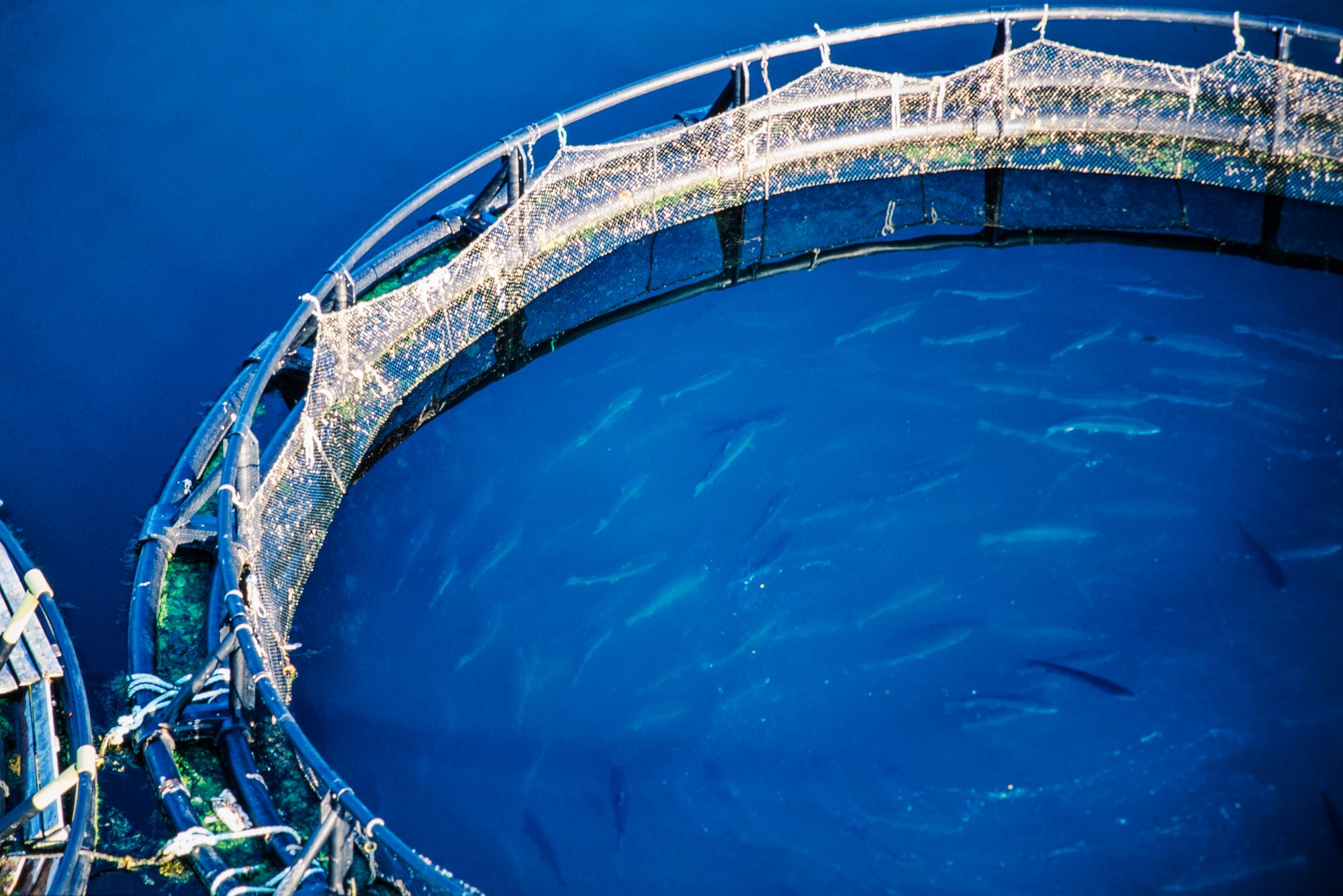Biomass Allocation and the Future of Norwegian Salmon Farming
If the goal of the traffic light system is to reduce the industry's environmental impact, should biomass be allocated based on each farm's impact?

This article was originally published on iLaks.no on May 26, 2020.
There are 33,000 tonnes of extra biomass available for salmon breeders in designated green zones, which will be awarded through a second auction (which now takes place August 18 due to the corona virus). The proposed format is similar to the 2018 auction: No restrictions on participation or purchases for individual businesses.
According to the updated salmon production map released by the Ministry of Trade and Fisheries in February, two areas in the north were given yellow light to indicate no further expansion, while two areas in the southwest were ordered to reduce capacity by at least six percent in 2020.
This traffic light system was introduced to support continued growth in the salmon industry, generate jobs and economic value while reducing the impact on the environment and the Norwegian wild salmon population. Of course, minimizing lice outbreaks is a primary concern.
But if the goal is to reduce the environmental impact of the overall industry, should biomass be allocated based on the proven impact of each business?
Looking at the largest salmon producers in Norway from 2015 to 2018, Manolin performed an analysis to identify which companies are most successful in using their available biomass. We call this the production ratio, or the company's ability to maximize profits while reducing lice outbreaks.
During the 2018 auction, 14 Norwegian fish farming companies spent a total of NOK 2,915,343,000 on new salmon production licenses, and allocated 15,000 tonnes on average NOK 195,071 per tonne. But of these buyers, only Mowi was among the 15 companies with the highest production rate.
At the other end, Cermaq Norway purchased the most biomass (3,230 tonnes for NOK 670,010,000) at the auction in 2018, but has consistently had the lowest production ratio.
These top producers, who hardly participated in the 2018 auction, may use a different strategy: Improving business by increasing production rather than buying more biomass.
According to Manolin's analysis, SinkabergHansen and Kvarøy Fish Farming now have the highest production ratio, and show strength after a short weakening due to changed lice regulations in 2017. And Grieg Seafood, now with the third highest production ratio, has consistently improved production year over year despite that they have many facilities in high-risk areas. These companies maximize the value of their current biomass by curbing lice outbreaks while maintaining profits.
As more data comes in for the 2019 production, we are interested to see who is leading the 2020 auction. How can biomass allocations be best used to improve industry sustainability and maintain Norway's reputation as the best global salmon producer?
For data-driven stories on the state of Norwegian salmon farming, subscribe to Manolin’s newsletter.